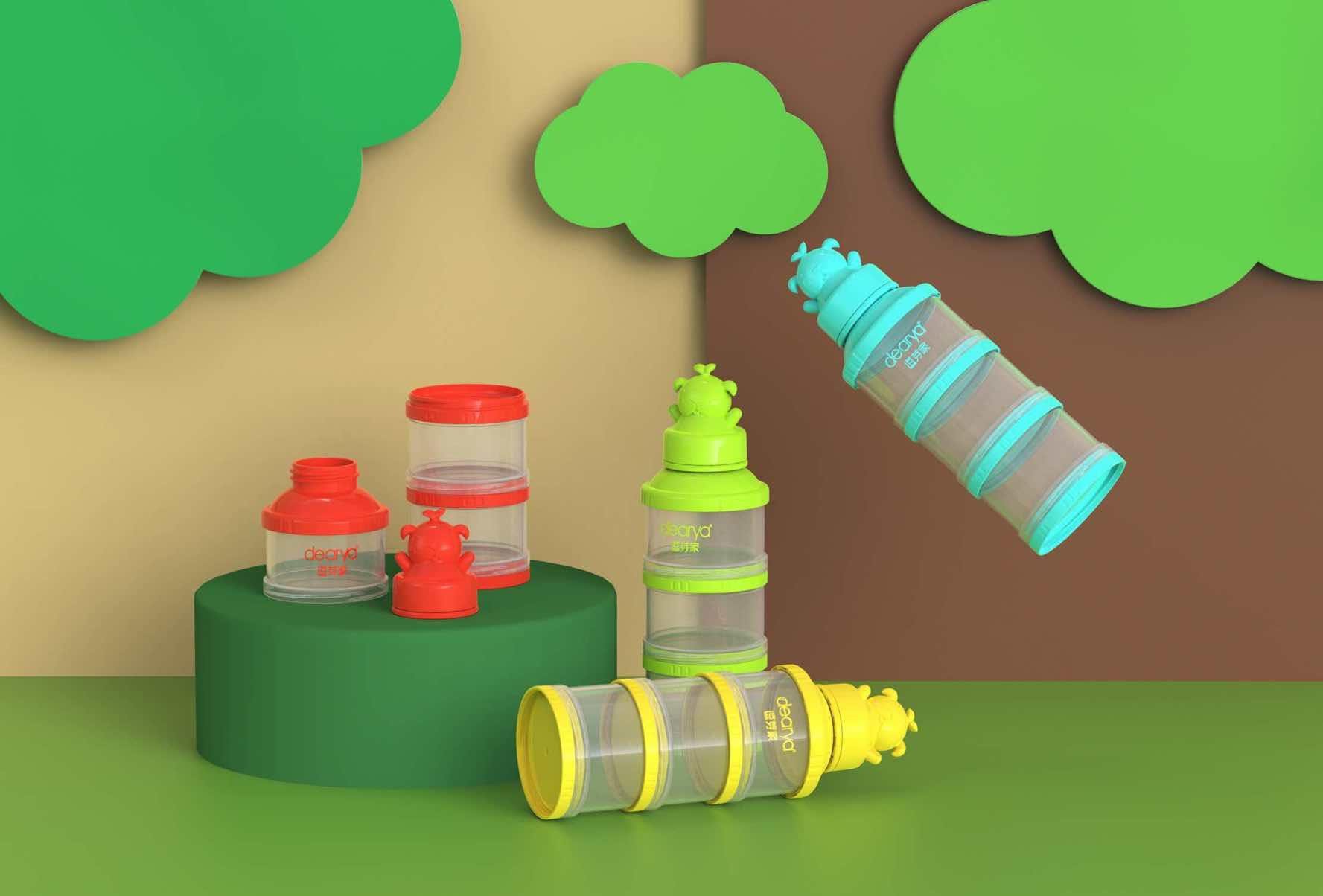How to Design Product Sizes by Baby Age
Designing product sizes for babies requires careful consideration of their developmental stages, feeding abilities, and safety. Parents and caregivers rely on appropriately sized tableware and feeding tools to support babies' growth and encourage independence. As manufacturers and product designers, understanding these age-based needs is essential.
Why Baby Age Matters for Product Sizing
Babies grow quickly, and their motor skills, mouth size, and grip strength evolve dramatically. Therefore, product sizes should align with their developmental milestones[1]. Using the right size products encourages safe eating habits, minimizes choking risks, and promotes self-feeding confidence[2].
Age-Appropriate Product Sizing Guide
For 6-8 Months Old
- Plates & Bowls: Small bowls with suction bases, around 10-12 cm in diameter.
- Spoons: Soft-tipped, shallow spoons with small handles easy for parents to hold.
- Cups: Tiny open cups (around 60-90 ml) or soft-spout sippy cups.
For 9-12 Months Old
- Plates & Bowls: Slightly larger with divided sections, around 15 cm diameter.
- Utensils: Thicker, short-handled spoons and forks suitable for baby grip.
- Cups: Open cups or straw cups with 120-150 ml capacity.
For 12-18 Months Old
- Plates: Sectioned plates with edges to assist scooping.
- Utensils: Lightweight fork and spoon sets with ergonomic handles.
- Cups: 180-240 ml spill-proof cups to encourage independent drinking.
| Age Range | Bowl/Plate Size | Spoon/Fork Size | Cup Capacity |
| 6-8 months | 10-12 cm diameter | Short, soft-tip spoons | 60-90 ml |
| 9-12 months | 15 cm diameter | Chunky, easy-grip handles | 120-150 ml |
| 12-18 months | 18-20 cm diameter | Forks and spoons with ergonomic design | 180-240 ml |
 Design Tips for Baby Product Sizes
Design Tips for Baby Product Sizes
1. Follow Developmental Milestones
Design sizes that evolve as babies develop hand-eye coordination, pincer grip, and chewing ability.
2. Safety First
Avoid sharp edges, small detachable parts, or deep bowls that can cause frustration or accidents.
3. Promote Self-Feeding
Products should be small enough to encourage babies to grasp but large enough to avoid choking hazards.
4. Use Visual Guides
Design plates with portion indicators to help parents serve appropriate amounts.
Key Insights from Experts
- Solid Starts emphasizes choosing utensil and plate sizes that match safe food shapes and finger-food readiness.
- Tinyhood recommends gradual introductions of plates and bowls, starting with suction designs[^3] to prevent spills.
- EZPZ highlights products that boost toddlers’ confidence in self-feeding with simple, ergonomic shapes.
- BabyCenter advises age-by-age guidance to match portion sizes and feeding products with baby milestones.
[^1]: Understanding developmental milestones is crucial for designing age-appropriate baby products that support growth and safety.
[^2]: Explore resources on how to design products that encourage self-feeding, fostering independence in young children.
[^3]: Learn about the advantages of suction designs in preventing spills and enhancing the feeding experience for babies.
